In the chlorination of Methane which of the following reaction involve in the chain termination step .
Cl−Cl→2.Cl
.Cl+.Cl→Cl−Cl
.CH3+.Cl→CH3−Cl
.CH3+Cl−Cl→CH3−Cl+.Cl
The correct Answer is:B, C
To determine which reaction involves the chain termination step in the chlorination of methane, we need to understand the overall mechanism of the reaction. The chlorination of methane is a free radical reaction that occurs in three main stages: initiation, propagation, and termination.
1. Initiation Step:
- The reaction begins with the homolytic cleavage of the chlorine molecule (Cl2) in the presence of light. This process generates two chlorine free radicals (Cl•).
- Reaction:
Cl2light−−→2Cl∙
2. Propagation Steps:
- The chlorine free radical (Cl•) then reacts with methane (CH4) to form a methyl free radical (CH3•) and hydrochloric acid (HCl).
- Reaction:
Cl∙+CH4→CH3∙+HCl
- The methyl free radical (CH3•) can then react with another chlorine molecule (Cl2) to produce methyl chloride (CH3Cl) and regenerate another chlorine free radical (Cl•).
- Reaction:
CH3∙+Cl2→CH3Cl+Cl∙
3. Termination Step:
- The termination step occurs when two free radicals combine to form a stable product. In this case, the methyl free radical (CH3•) can react with the chlorine free radical (Cl•) to form methyl chloride (CH3Cl).
- Reaction:
CH3∙+Cl∙→CH3Cl
Conclusion:
The reaction that involves the chain termination step is the combination of the methyl free radical and the chlorine free radical to form methyl chloride. Therefore, the correct answer is option C.
- The reaction begins with the homolytic cleavage of the chlorine molecule (Cl2) in the presence of light. This process generates two chlorine free radicals (Cl•).
- Reaction:
Cl2light−−→2Cl∙
- The chlorine free radical (Cl•) then reacts with methane (CH4) to form a methyl free radical (CH3•) and hydrochloric acid (HCl).
- Reaction:
Cl∙+CH4→CH3∙+HCl
- The methyl free radical (CH3•) can then react with another chlorine molecule (Cl2) to produce methyl chloride (CH3Cl) and regenerate another chlorine free radical (Cl•).
- Reaction:
CH3∙+Cl2→CH3Cl+Cl∙
- The termination step occurs when two free radicals combine to form a stable product. In this case, the methyl free radical (CH3•) can react with the chlorine free radical (Cl•) to form methyl chloride (CH3Cl).
- Reaction:
CH3∙+Cl∙→CH3Cl
The reaction that involves the chain termination step is the combination of the methyl free radical and the chlorine free radical to form methyl chloride. Therefore, the correct answer is option C.
Topper's Solved these Questions
- ORGANIC REACTION MECHANISMS - IIBOOK - RESONANCE ENGLISHCHAPTER - ORGANIC REACTION MECHANISMS - IIEXERCISE - APSP Part - 2
42 Videos
- MOLE CONCEPTBOOK - RESONANCE ENGLISHCHAPTER - MOLE CONCEPTEXERCISE - ORGANIC CHEMISTRY(BASIC CONCEPTS)
27 Videos
- ORGANIC REACTION MECHANISMS-IVBOOK - RESONANCE ENGLISHCHAPTER - ORGANIC REACTION MECHANISMS-IVEXERCISE - APSP PART-3
22 Videos
Similar Questions
Knowledge Check
Which of the following reactions involve benzyne intermediate?
A B
B C
C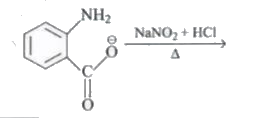 D
D
Which of the following reactions involve rearrangement?
A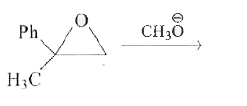 B
B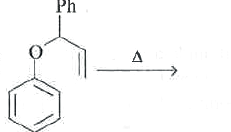 C
C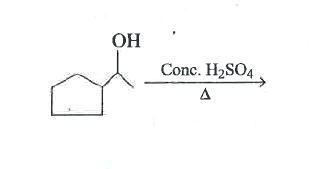 D
D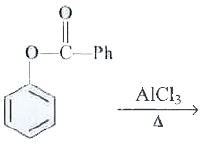
Which of the following reactions involve hydride ion transfer?
A2H−O∣∣C−HϴOH−−→H−O∣∣C−ϴO+CH3−OHB2H3C−Ot∣∣(C)−ϴOH−−−−−→ΔH3C−CH=CH−O∣∣C−HC2H3C−O∣∣C−HAl(OEt)3−−−−−→CH3−O∣∣C−O−CH2CH3D
Which of the following reaction will not give methane?
View SolutionWhich of the following reaction is not involved in thermite process?
View SolutionWhich of the following reaction involves homogeneous reduction ?
View SolutionWhich of the following reactions involve free radical as intermediate?
View SolutionWhich of the following reactions does not involve decarboxylation?
View Solution
